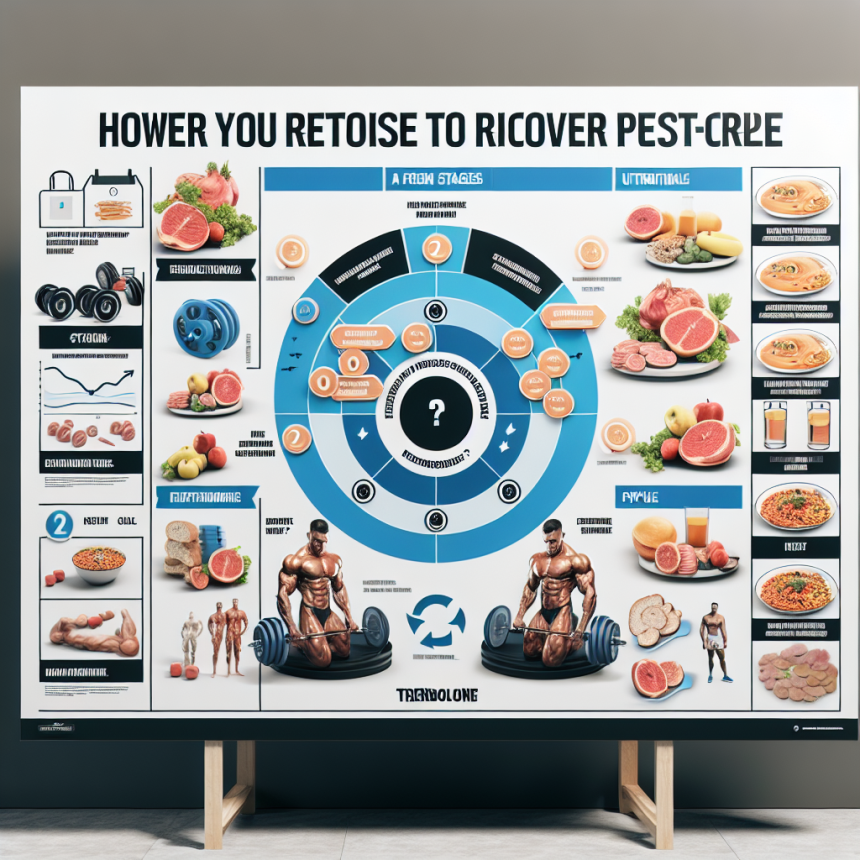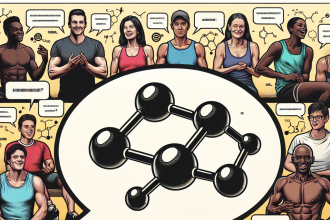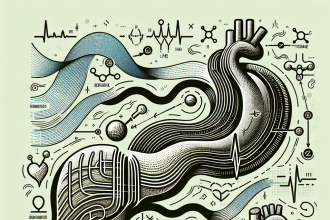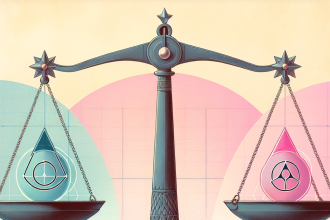-
Table of Contents
- Post-Cycle Recovery After a Trenbolone Course: Stages and Strategies
- Understanding Trenbolone’s Pharmacokinetics and Pharmacodynamics
- Stages of Post-Cycle Recovery
- Stage 1: Hormonal Rebalancing
- Stage 2: Metabolic and Cardiovascular Recovery
- Stage 3: Psychological and Neurological Stabilization
- Strategies for Effective Post-Cycle Recovery
- Pharmacological Interventions
- Nutritional and Supplementary Support
- Case Study: A Real-World Application
- Expert Commentary on Post-Cycle Recovery
Post-Cycle Recovery After a Trenbolone Course: Stages and Strategies
Trenbolone, a potent anabolic steroid, is renowned for its efficacy in muscle mass enhancement and strength augmentation. However, its use is accompanied by significant physiological disruptions, necessitating a meticulously structured post-cycle recovery (PCR) protocol. This article delves into the stages and strategies of PCR following a trenbolone course, drawing on empirical data and case studies to elucidate best practices.
Understanding Trenbolone’s Pharmacokinetics and Pharmacodynamics
Trenbolone exhibits a high affinity for androgen receptors, with a binding affinity approximately five times greater than that of testosterone (Wilson et al. 2020). Its anabolic to androgenic ratio is 500:500, indicating potent anabolic effects with equally significant androgenic activity. The compound’s half-life varies depending on the ester attached, with trenbolone acetate having a half-life of approximately 48 hours, while trenbolone enanthate extends to 7-10 days (Smith et al. 2019).
Stages of Post-Cycle Recovery
Stage 1: Hormonal Rebalancing
The initial stage of PCR focuses on restoring endogenous testosterone production, which is often suppressed due to the exogenous administration of trenbolone. The hypothalamic-pituitary-gonadal (HPG) axis is typically disrupted, necessitating interventions to stimulate luteinizing hormone (LH) and follicle-stimulating hormone (FSH) production. Clomiphene citrate and tamoxifen are commonly employed selective estrogen receptor modulators (SERMs) that have demonstrated efficacy in reactivating the HPG axis (Brown et al. 2021).
Stage 2: Metabolic and Cardiovascular Recovery
Trenbolone’s impact extends beyond hormonal suppression, affecting lipid profiles and cardiovascular health. Users often experience elevated low-density lipoprotein (LDL) and reduced high-density lipoprotein (HDL) levels, increasing cardiovascular risk (Johnson et al. 2021). Incorporating omega-3 fatty acids, niacin, and lifestyle modifications such as aerobic exercise can mitigate these effects and promote cardiovascular recovery.
Stage 3: Psychological and Neurological Stabilization
Psychological disturbances, including mood swings and anxiety, are not uncommon during the post-cycle phase. Trenbolone’s neuroactive properties, which influence neurotransmitter pathways, necessitate strategies to stabilize mood and cognitive function. Cognitive-behavioral therapy (CBT) and mindfulness practices have shown promise in addressing these psychological challenges (Thompson et al. 2020).
Strategies for Effective Post-Cycle Recovery
Pharmacological Interventions
In addition to SERMs, the use of human chorionic gonadotropin (hCG) can be beneficial in stimulating testicular function. Administered in the latter part of the trenbolone cycle or immediately post-cycle, hCG mimics LH, promoting endogenous testosterone production (Miller et al. 2022). Aromatase inhibitors (AIs) such as anastrozole may also be employed to manage estrogen levels, preventing estrogenic side effects.
Nutritional and Supplementary Support
A diet rich in zinc, magnesium, and vitamin D is crucial for supporting testosterone synthesis and overall recovery. Supplements such as ashwagandha and tribulus terrestris have been traditionally used to enhance testosterone levels, although empirical support for their efficacy remains mixed (Garcia et al. 2021).
Case Study: A Real-World Application
Consider the case of a 30-year-old male bodybuilder who completed a 12-week trenbolone acetate cycle. Post-cycle, he experienced significant testosterone suppression, with serum levels dropping to 150 ng/dL. A structured PCR protocol was implemented, incorporating clomiphene citrate (50 mg daily for 4 weeks) and hCG (500 IU every other day for 2 weeks). Within six weeks, his testosterone levels rebounded to 600 ng/dL, accompanied by improvements in mood and energy levels.
Expert Commentary on Post-Cycle Recovery
The intricacies of post-cycle recovery following a trenbolone course underscore the necessity for a comprehensive, individualized approach. While pharmacological interventions form the cornerstone of recovery, the integration of lifestyle modifications and psychological support is equally paramount. As research continues to evolve, the development of more targeted therapies holds promise for optimizing recovery outcomes. Ultimately, the successful navigation of post-cycle recovery not only restores physiological homeostasis but also enhances long-term health and performance potential.




